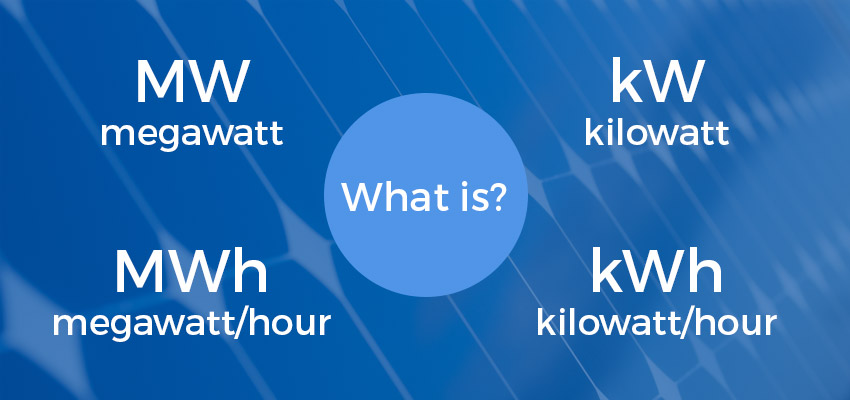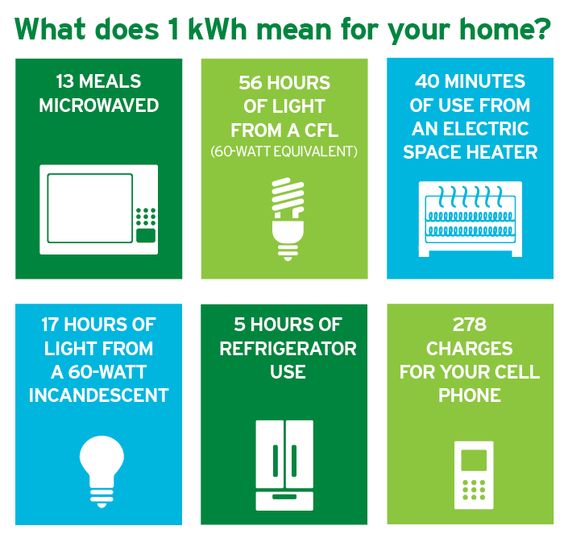
An LED bulb that can provide the same light as a 100-watt incandescent bulb consumes just 14 watts. One of the reasons why switching to low-wattage light bulbs may have such a significant effect is this. One kilowatt hour is calculated as 1 kWh = 1 kW x 1 hr. Leaving a 100-watt bulb on for an hour consumes 100-watt-hours of electrical energy. Assume that a 100-watt light bulb requires that much electricity to illuminate. The lightbulb is one of the most frequent ways humans engage with watts and kilowatts. The water poured into the bucket may be considered a measure of the energy that went through the hose and into the container. For 10 minutes, direct the hose into a bucket, and the bucket will be filled. Turn the nozzle to the highest setting to raise the amperage again, and you’ll have more power or “wattage.” Measuring the flow of powerĬontinuing with the water metaphor, the amount of water emitted measures the amount of power. The flow rate is calculated in gallons per minute, and to back to our metaphor, the flow rate would be referred to as the “wattage.” Turn the nozzle to the “low” setting, and you’ll have power! Your current has been boosted, and water is now streaming. When the switch is turned off, there is no flow and thus no electricity. The water pressure behind the nozzle remains constant, analogous to voltage. Consider the following scenario: the nozzle has three settings: off, low, and high. How electricity is like waterĬonsider a hose with a spray nozzle attached to one end. When it comes to electricity, amperage is also referred to as current. Voltage is the pushing force, or the pressure, while amperage is the flow of information. When it comes to electricity, it’s helpful to conceive of it as being similar to water. Alternatively, one watt (kW)= one volt (V) multiplied by one ampere (A). Regarding electricity, power is equal to the product of voltage times amperage. Still, because no one outside of a laboratory has used the term “joule” since high school physics class, we’ll stay with “kilowatt.” Consider the concept of power as “the capacity to do labor.” According to technical definitions, “watt” refers to the measurement of energy transfer equal to one joule per second. Refer to sources listed for more detailed information.A kilowatt (kW) is a unit of measurement for electrical power. Note: This document includes units of measurement that may have more than one definition. The International System of Units (SI) - Conversion Factors for General UseĬonversion Calculator for Units of Power, Oklahoma Local Technical Assistance Program (LTAP) 6971 Btu per second References and Conversion Calculatorsīiomass Energy Datebook, US Department of Energy 1757 kilocalories per secondġ horsepower (metric) =. 9863 horsepower (electric)ġ horsepower (metric) =. 7068 Btu per secondġ horsepower (metric) =. 1782 kilocalories per secondġ horsepower (electric) =. 2388 kilocalories per secondġ horsepower (electric) = 1.014 horsepower (metric)ġ horsepower (electric) =. 7457 kilowatthoursġ terawatthour = 1 million megawatthours Power Measurements and Conversionsġ Btu per second = 1.415 horsepower (electric)ġ Btu per second = 1.434 horsepower (metric)ġ Btu per second =.


7457 kilowattsġ gigawatt = 1 million kilowatts WatthoursĪpproximate definition: One watthour is the amount of (usually electrical) energy expended by a one-watt load (e.g., light bulb) drawing power for one hour.ġ kilowatthour = 1.341 horsepower hours (electric)ġ horsepower hour (electric) =.

#Watts to kilowatts pdf#
Pdf Energy Measurements and Conversions Common Prefixes and Abbreviationsġ kiloliter = 1 cubic meter British Thermal Unit (Btu) Measurements and ConversionsĪpproximate definition: A British thermal unit is defined as the amount of heat required to raise the temperature of one pound of water by one degree Fahrenheit.ġ horsepower = 2,545 Btu per hour Joule Measurements and ConversionsĪpproximate definition: the energy required to lift one newton (102 g or a small apple) one meter against Earth’s gravity.ġ terajoule = 1 million megajoules Electricity Measurements and Conversions WattĪpproximate definition: A human climbing a flight of stairs is doing work at the rate of about 200 watts.ġ horsepower (electric) =.


 0 kommentar(er)
0 kommentar(er)
